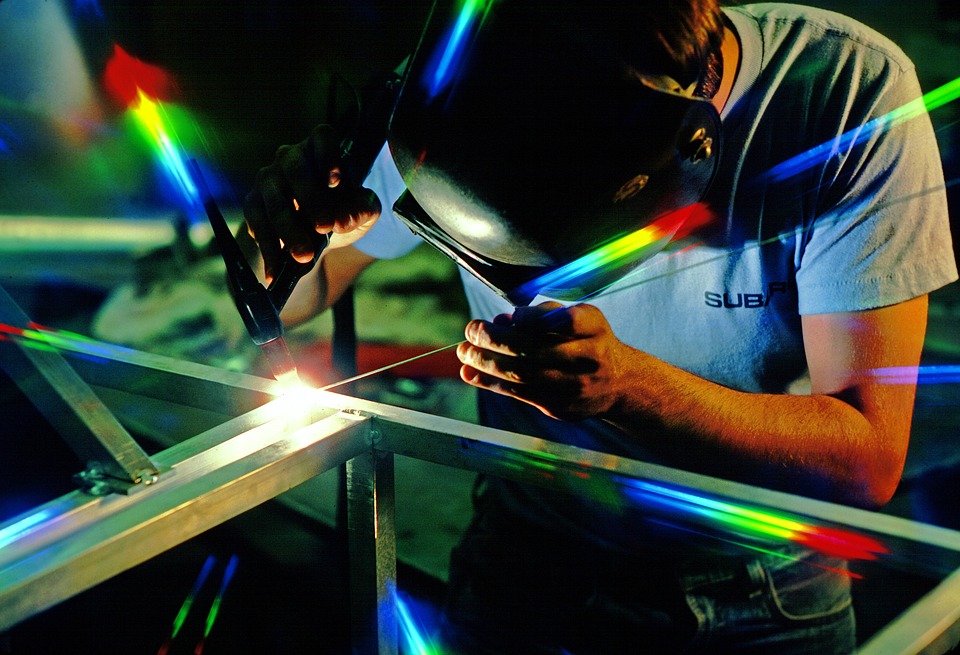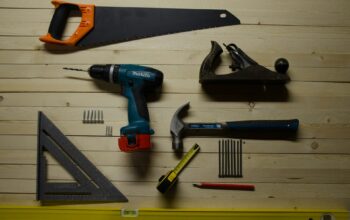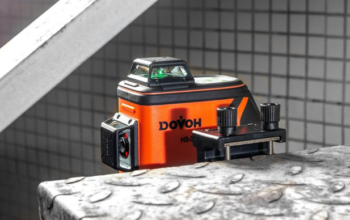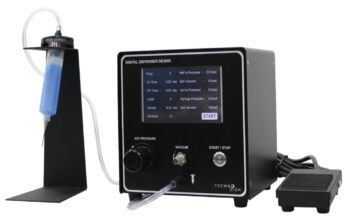In Tim Burton’s remake of Willy Wonka and the Chocolate Factory, Charlie Bucket’s father ends up losing his job at the toothpaste factory to a machine that can do his job for him. Although the movie came out over a decade ago, it was still foreshadowing the rapid rise of automation in the everyday workforce.
In case you’re wondering, the father ends up getting a job to fix that machine at the end of the movie and everyone lived happily ever after. While some may think automation is to blame for taking plenty of labor jobs, it’s actually the solution to the labor shortage.
Hot riveting is another one of those processes that has made its way into factories and plants around the world and is slowly becoming one of the preferred options.
What Exactly is Hot Riveting?
Before we jump into the benefits, let’s run by the basics first.
Riveting is similar to welding, in that it’s the process of joining two or more solid components together. Through holes are drilled into those solid components at predetermined locations, much like how you might see Ikea furniture.
Hot riveting, as you can guess, is the process of using heat or convection heating and is typically required when one or more of those components is a thermoplastic.
Once the through holes are drilled, another worker will use a hot rivet to fill that hole, connecting the two components together. Then the rivet must be cooled so it will expand, connecting the two materials together.
If you’re struggling for a visual, just think of those old photos of people building skyscrapers. Those beams are all connected by riveting, but different from the hot riveting we’re discussing today.
What Are the Benefits?
Since we’ve gone over the basics, it’s time to discuss the benefits to hot riveting. While it may not have a ton of competitors, hot riveting often goes up against cold riveting, a different process with largely the same result. Besides cold riveting, it is often compared to welding.
Cost Effective:
Simply put, riveting is much cheaper than welding. Welding machines rely on large amounts of electricity, while riveting machines use less. Those at construction sites are going to be saving bundles on their electric usage.
In addition, riveting requires fewer special materials which will inevitably save on transportation costs as well.
Flexibility:
If you’re looking for a jack-of-all-trades to help combine two components together, then riveting is your go-to option. They can be used to join dissimilar materials, such as aluminum and copper, while also providing functionality for non-metallic materials as well.
Hot riveting is also more flexible in location, meaning you can use it for vertical and overhead components.
Durability:
If being the jack-of-all-trades wasn’t enough, then you can count on your components to be more durable over time. During the process, little to no protective material is lost meaning that the area will be less susceptible to corrosion, moisture, or any chemicals.
Rivets are also more sustainable to high pressures and loads, meaning they’re not going to give way over time.
Easier Inspection:
No one ever gets excited about an audit or having the boss look over your shoulder, but when inspection comes, a riveting inspection is much easier than a welding inspection.
Why? Because the entire inspection doesn’t take nearly as long. If a rivet is found to be damaged or missing, it’s an easy fix right in the moment. Welding fixes may take an entire day and will require equipment reinstallation.
Are there any disadvantages?
Not everything can be green grass and roses, but the disadvantages to hot riveting are few and largely non-consequential.
Depending on the project, hot riveting could be a bit slower than welding, but that’s not a blanket statement. Riveted joints also tend to be a bit bulkier than their welding counterparts that may affect aesthetic appearance.
Lastly, some have said that noise is a factor, in that hot riveting tends to be noisier than regular welding.
While there are certainly some cons, there are not enough to fully dissuade plenty of people from giving hot riveting a try. It makes more sense to save money, build more durable components, and pass inspection easier.
Related Posts












